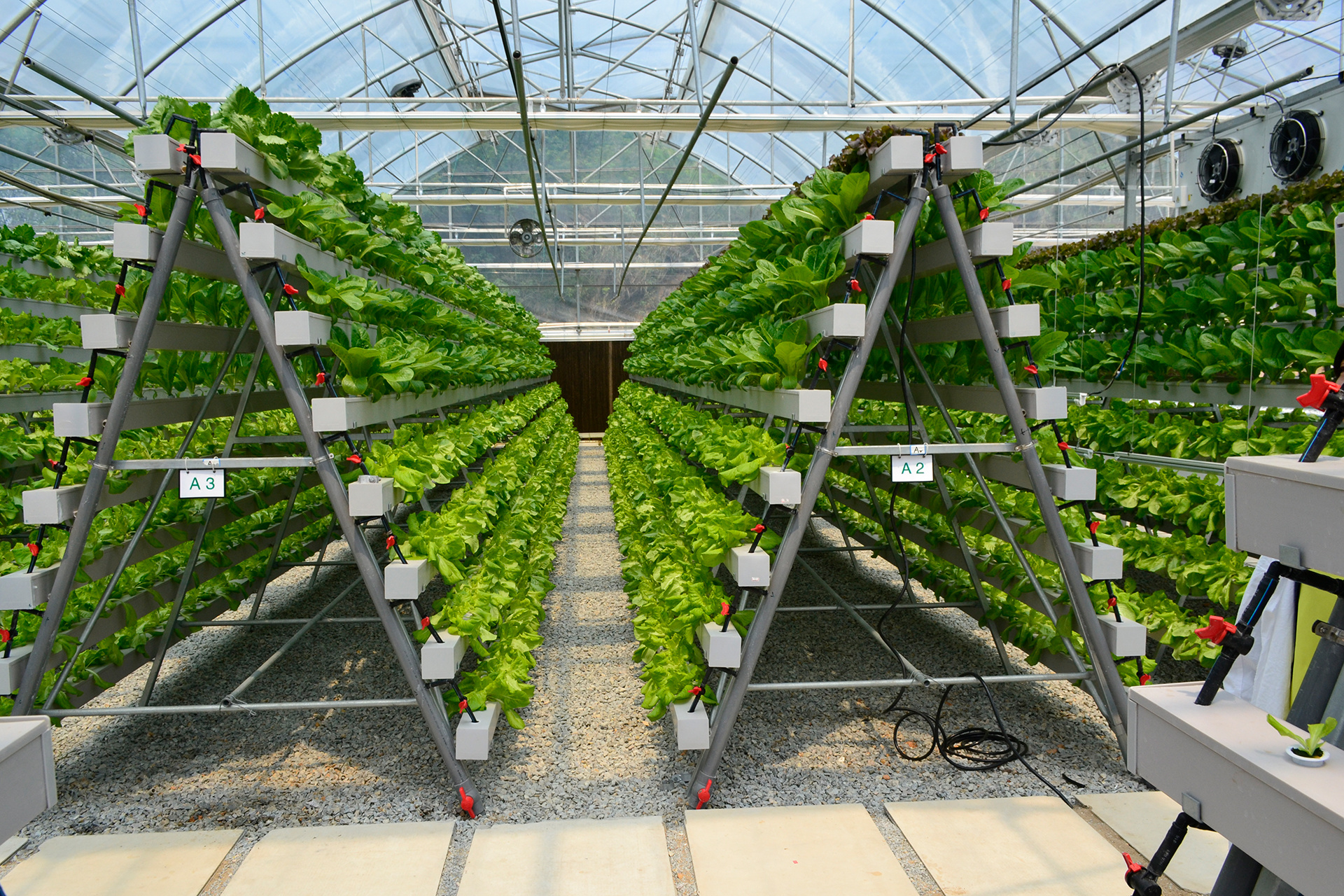The Benefits of Using Galvanized Steel Greenhouses for Modern Agriculture
Release time:
Apr 28,2025
Galvanized steel greenhouses are an increasingly popular choice in modern agriculture, particularly in the realm of controlled environment farming. These structures provide a combination of durability, strength, and weather resistance that is hard to match. The process of galvanization involves coating the steel with a layer of zinc, which protects it from rust and corrosion, thus extending the lifespan of the greenhouse significantly.
One of the primary benefits of using galvanized steel in greenhouse construction is its ability to withstand harsh weather conditions. Whether it’s heavy snow, high winds, or intense heat, galvanized steel provides the structural integrity needed to protect delicate plants from external elements. This resilience ensures that the internal environment remains stable, which is crucial for optimal plant growth.
Moreover, galvanized steel greenhouses are relatively low maintenance. Unlike wood, which can rot and requires periodic treatment, galvanized steel maintains its form and function without the need for significant upkeep. This can be particularly advantageous for farmers looking to maximize productivity without dedicating excessive time to maintenance tasks.
Another noteworthy aspect of galvanized steel greenhouses is their eco-friendliness. The use of recycled materials in the production of galvanized steel means that these structures contribute to sustainable practices in agriculture. Additionally, their durability reduces the need for frequent replacements, further minimizing waste.
When it comes to versatility, galvanized steel greenhouses can be tailored to suit various agricultural needs. They can be built in various sizes and configurations, from small backyard setups to expansive commercial operations. This adaptability allows growers to customize their greenhouse according to the specific requirements of the crops they are cultivating, whether it be vegetables, flowers, or other plants.
Furthermore, the excellent thermal properties of galvanized steel contribute to energy efficiency. When combined with proper insulation methods, these greenhouses can maintain a stable internal temperature, reducing the reliance on heating and cooling systems. This aspect not only lowers energy costs but also supports an environmentally friendly approach to farming.
In conclusion, galvanized steel greenhouses offer a multitude of advantages for modern agricultural practices. Their durability, low maintenance, eco-friendliness, versatility, and energy efficiency make them a wise investment for any grower looking to enhance their operations. By choosing galvanized steel, farmers can provide their plants with the best possible environment for growth, ultimately leading to increased yields and a more sustainable agricultural future.
Related Information
AI+ Agriculture: Discuss its present, challenges and future
Jun 18,2024
Causes and solutions of strawberry albino fruit
Jun 18,2024
Smart Greenhouse Global Opportunity Analysis and Industry, 2020-2027
Jun 18,2024
Industry Information

